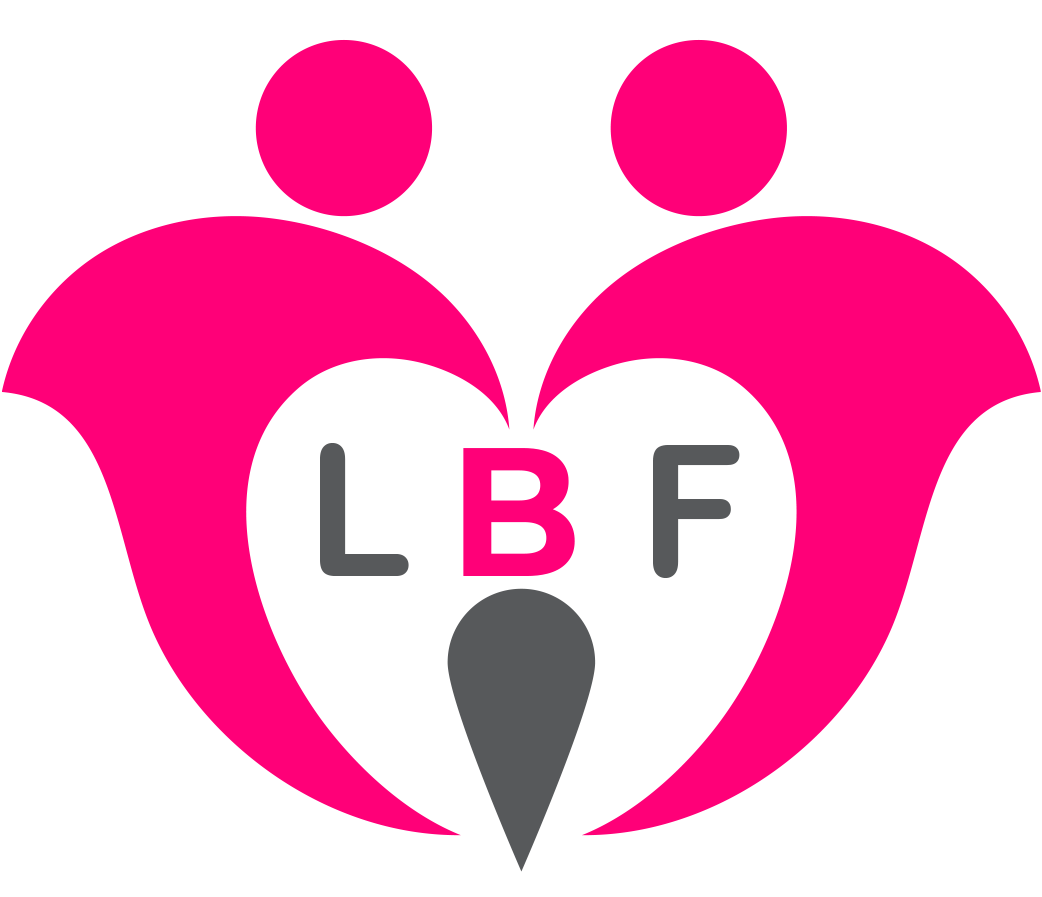Understanding Proper Latching: Key to Successful Breastfeeding
Establishing a proper latch is pivotal for successful breastfeeding. The mechanics of latching encompass how the baby grasps the breast and draws milk effectively. A good latch begins with proper positioning; the baby should be held close with their nose in line with the mother’s nipple. Ensuring the baby’s body is aligned in a straight line, with the head, shoulders, and hips all in a row, supports a more comfortable nursing experience for both mother and baby.
Key indicators of a good latch include the baby’s mouth covering a substantial portion of the areola, rather than just the nipple. Additionally, the baby’s lower lip should be turned outward against the breast, creating a seal that facilitates effective milk transfer and minimizes painful friction. Observing rhythmic sucking and swallowing sounds, along with the baby’s cheeks remaining rounded rather than dimpled, further signals a successful latch.
Poor latch, unfortunately, introduces a set of common issues like nipple pain, cracked nipples, and insufficient milk transfer. These complications can lead to the baby receiving inadequate nourishment and poor weight gain, causing distress for both mother and infant. Prolonged nipple pain not only strains the mother physically but also emotionally, potentially leading to early weaning.
Achieving a good latch can often require practice and patience. Tips for new mothers include encouraging the baby to open their mouth wide before latching and using breast compression to ease milk flow. Adjusting the angle or position can also make a significant difference; cradle and football holds are popular choices. Lactation consultants play a crucial role in this aspect, providing tailored guidance and hands-on support to address and correct latch problems. These professionals can also offer invaluable troubleshooting for persistent issues, ensuring both the mother’s comfort and the baby’s health.
By understanding the principles of proper latching, mothers can embark on their breastfeeding journey with confidence, paving the way for a nurturing and successful experience.
Exploring Different Breastfeeding Positions for Comfort and Efficiency
Ensuring proper breastfeeding positions is pivotal for both the comfort and efficiency of the nursing experience. Several positions can be practiced to find the ideal fit for mother and baby. Below are detailed explanations of these positions, along with their benefits and step-by-step instructions.
Cradle Hold: This classic position involves sitting upright while holding the baby across your lap. The baby’s head rests in the crook of your arm, with their body facing yours. To perform the cradle hold, start by sitting comfortably in a chair with armrests. Place your baby, on their side, so they are facing you; support their head and back with your arm and hand. This position is beneficial for full-term babies and promotes skin-to-skin contact.
Cross-Cradle Hold: This hold resembles the cradle hold, but you support your baby with the arm opposite to the breast they are feeding from. Place a pillow in your lap to help support your baby. This position offers better control over your baby’s head and is particularly useful for newborns learning to latch.
Football Hold: Resembling the way a football is carried, this position involves tucking your baby under your arm to your side. Start by sitting in a comfortable chair and place a pillow next to you. Position your baby under your arm, on the same side as the breast they will feed from, with their body angled towards you. The football hold is excellent for mothers recovering from a cesarean delivery or those with larger breasts.
Side-Lying Position: Ideal for nighttime feeds or mothers recovering from childbirth, this position involves lying on your side, with your baby facing you. To perform this, lie down and place your baby alongside you, ensuring their head is at breast level. Use your arm to support their head and back. This position allows both mother and baby to rest simultaneously while feeding.
Utilizing pillows or breastfeeding cushions can significantly enhance comfort across all these positions, providing better support and alignment. Identifying and adapting to a position that suits both the mother and baby is key to a successful breastfeeding journey.
